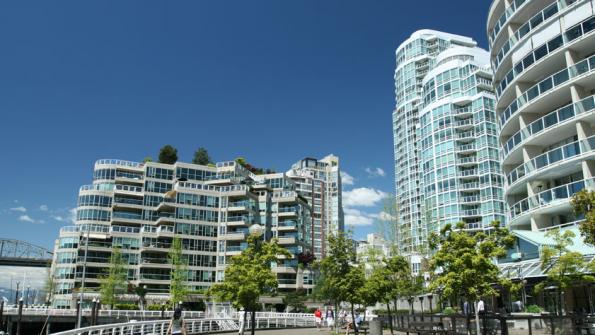Go green to save green
Going green saves money. That is the message of a new report, “Banking on Green: How Green Infrastructure Saves Municipalities Money and Provides Economic Benefits Community-wide.” The report from a coalition of environmental and design groups says green infrastructure practices are the most cost-effective options for managing polluted runoff and protecting clean water.
The report examines green infrastructure practices like green roofs and rain gardens that feature vegetation to help control rainwater runoff; bioswales, landscape elements designed to remove silt and pollution from surface runoff; and pervious pavement that allows runoff to more easily seep into the ground. The measures reduce polluted runoff, the report says, and often can be installed more cheaply than traditional infrastructure methods.
In New York City, for example, a plan to reduce combined sewage overflows will save about $1.5 billion over 20 years by using green infrastructure methods rather than traditional means like massive pipes. Similarly, the report cites a high school in Baton Rouge, La., that saved about $400,000 by using bioswales and a rain garden rather than re-piping.
The report was issued by Washington-based American Rivers and American Society of Landscape Architects; Alexandria, Va.-based Water Environment Federation and Eugene, Ore.-based ECONorthwest. American Rivers also commissioned two reports from ECONorthwest, an economic consulting firm, to study cost benefits of green infrastructure stormwater management in the Chesapeake Bay and Great Lakes regions.
“Communities across the country are protecting their water resources with green infrastructure,” said Chris Williams, senior vice president for conservation at American Rivers. “It effectively reduces pollution, saves money and delivers other benefits like flood damage prevention and improved public health.”




















